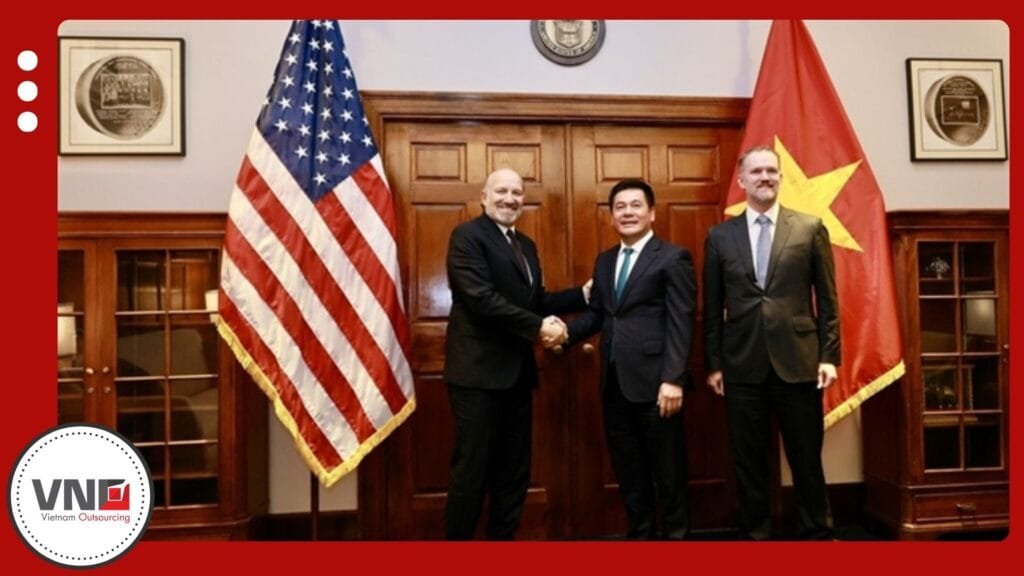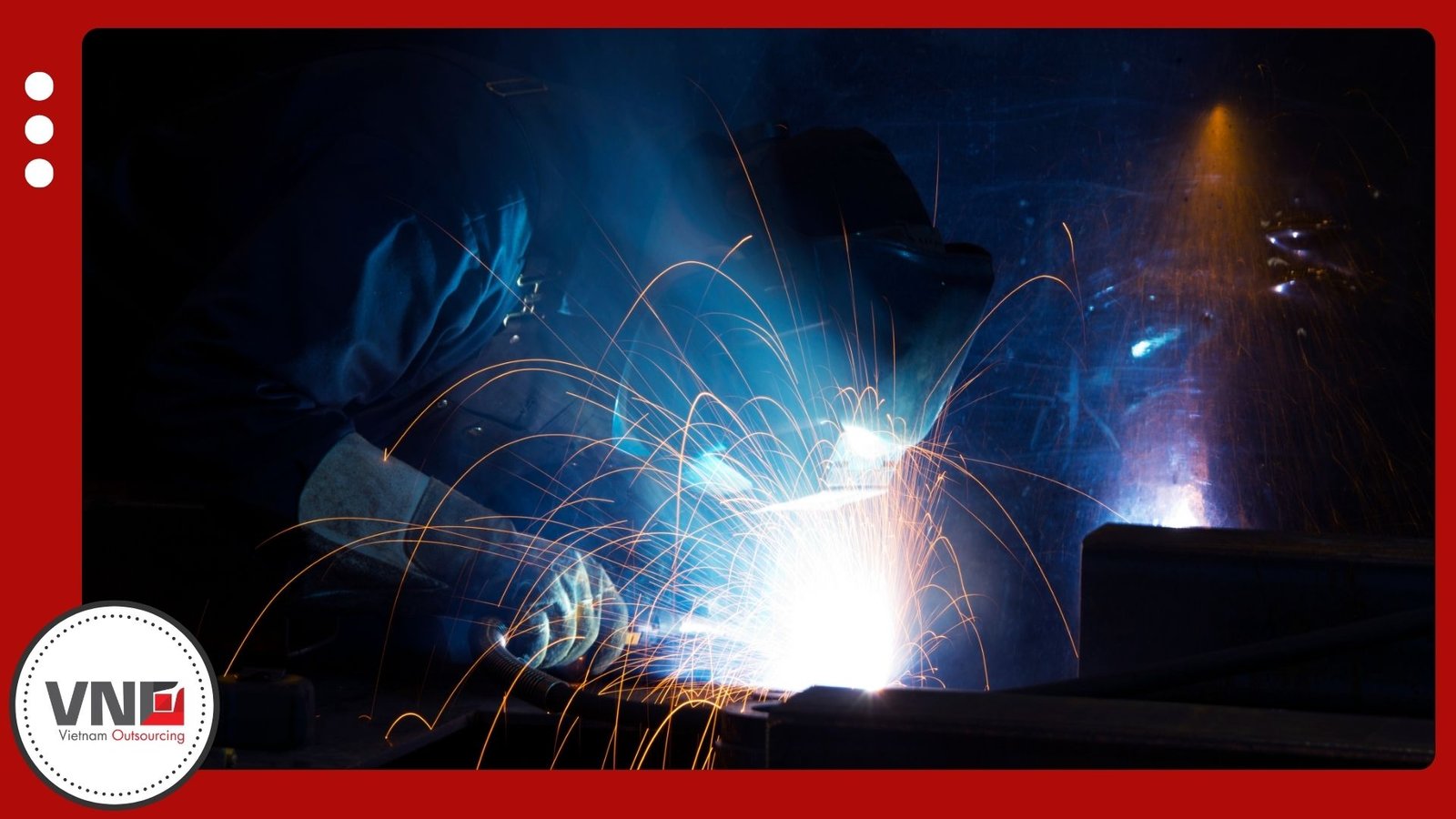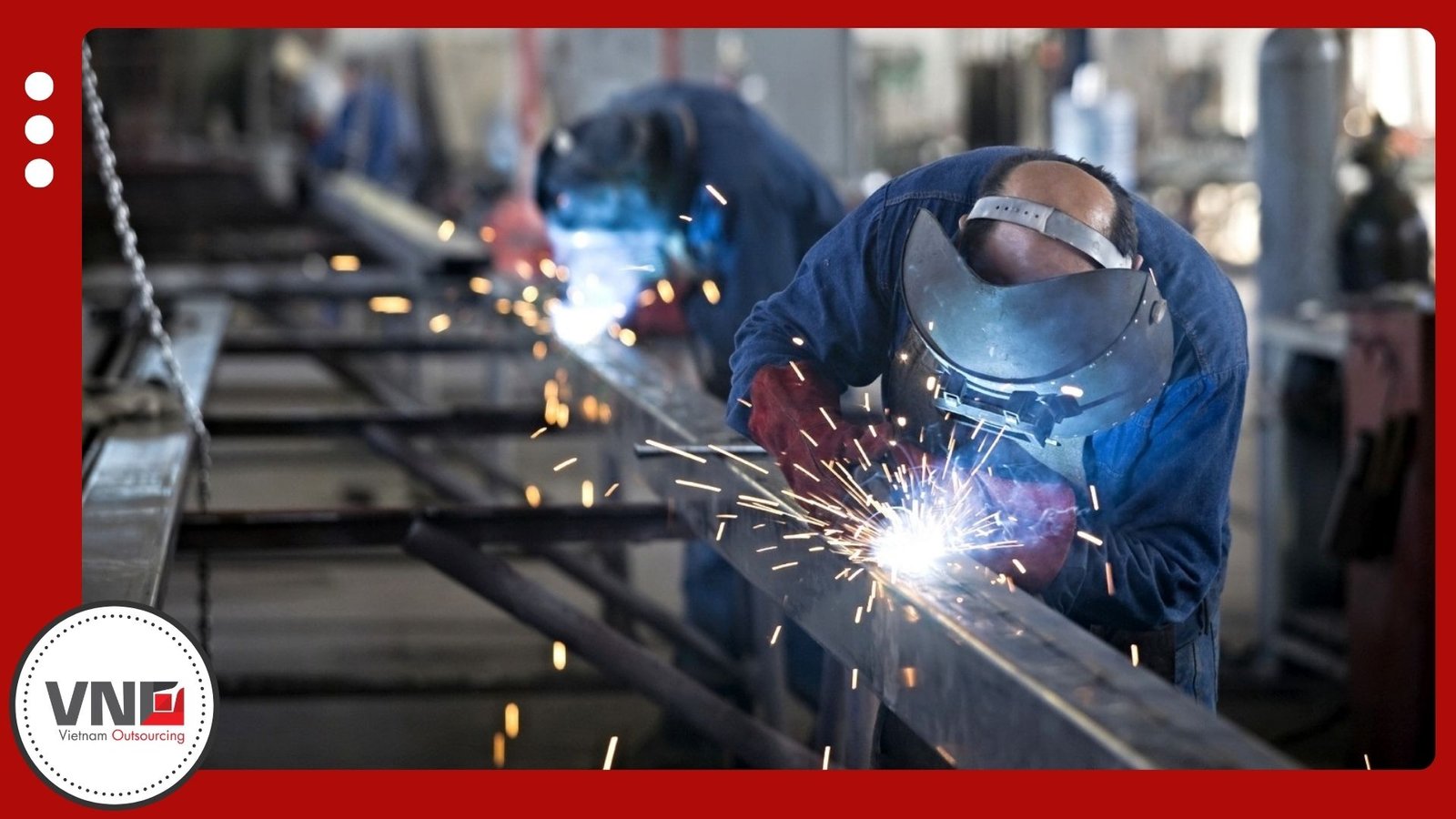Despite the introduction of 20 percent tariffs on Vietnamese goods and 40 percent penalties on transshipment, Vietnam remains a stronghold for mechanical engineering sourcing. Proactive government reforms, resilient supporting industries, and the expertise of Vietnam Outsourcing (VNO) are enabling global buyers to secure supply chains and maintain competitiveness.
Introduction
The announcement of a 20 percent tariff on Vietnamese exports—and a 40 percent levy on goods deemed “transshipped”—has forced global manufacturers to rethink their sourcing strategies. For mechanical engineering buyers in the United States and Europe, this policy shift creates new uncertainties in an already volatile trade environment.
But uncertainty also creates opportunity. Instead of pulling back, smart buyers are moving quickly to secure Vietnamese suppliers, diversify their sourcing networks, and build resilience into their mechanical engineering supply chains. Vietnam’s proactive government reforms and its strategic advantages make it an essential part of the new world supply chain, and with the right local partner, buyers can rise above tariff challenges.

Mechanical Sector Under Pressure
Vietnam’s mechanical and machinery exports, a cornerstone of its industrial economy, are among the sectors most directly impacted by tariffs. Estimates suggest that tariffs of 20 to 40 percent could cut as much as 37 billion dollars from Vietnam’s export revenues, with machinery and electronics bearing the largest share of the losses.
Meanwhile, analysis shows that 25 percent tariffs on heavy machinery and steel-intensive equipment have already raised unit costs by 15 to 22 percent. For U.S. buyers, this translates into higher import costs, potential production delays, and the need to re-evaluate long-term sourcing strategies.
Yet even under pressure, Vietnam remains one of the most competitive destinations for machinery, components, and precision-engineered products—especially when compared to China, where tariffs are more than double.
How Smart Buyers Are Responding
Forward-looking buyers are not retreating from Vietnam—they are doubling down. The most resilient strategies include:
- Diversifying across multiple Vietnamese hubs to reduce logistical bottlenecks.
- Locking in contracts with compliant and tariff-ready manufacturers.
- Prioritizing localization to increase local value-add and reduce reliance on imported Chinese components.
By acting now, buyers can shield themselves from supply chain shocks, while competitors hesitate and risk capacity shortages later.
Vietnam’s Government Response: Proactive, Not Passive
Vietnam’s officials are not standing still. Recognizing that tariffs expose structural vulnerabilities, the government has launched a wave of active measures to reassure buyers and strengthen its role in global supply chains.
The Ministry of Industry and Trade has tightened rules of origin, requiring clearer documentation, and cracking down on mislabeling of imported goods. This protects the credibility of the “Made in Vietnam” label and directly addresses U.S. concerns.
General Secretary To Lam has personally engaged with U.S. leaders to stabilize trade relations, while ministerial delegations have held multiple rounds of negotiations in Washington.
The government is also rolling out preferential credit packages to help manufacturers adopt ERP systems, traceability technology, and energy-efficient equipment—critical upgrades for mechanical and supporting industries.
Vietnam has further signed multi-billion-dollar energy and technology deals with U.S. firms, signaling its commitment to rebalance trade and integrate deeper into the U.S. supply chain.
Engineering Supporting Industries: The Growth Frontier
Vietnam’s 6,000 supporting industry firms—from tooling and molds to sub-assemblies and surface treatments—form the backbone of its mechanical sector. Today, only 10 to 16 percent of these firms fully meet localization and compliance requirements, leaving significant room for expansion.
To address this, the government has launched initiatives to train engineers, streamline licensing for new factories, and encourage investment in domestic material production. For buyers, this translates into a rapidly improving ecosystem where more suppliers will soon be able to meet strict U.S. and EU engineering standards.
Why Vietnam Still Matters for Mechanical Engineering
Even at 20 percent tariffs, Vietnam retains a strong competitive edge.
- Tariff exposure is lower than China, where machinery faces over 55 percent duties.
- Its strategic location near China ensures steady access to raw materials while maintaining tariff advantages.
- Multiple free trade agreements with the EU, UK, CPTPP, and RCEP diversify export markets and build stability.
- Global companies like Asus have already shifted the majority of their production into Vietnam, signaling confidence in its manufacturing base.
For engineering buyers, these factors mean Vietnam’s Engineering offers better risk-adjusted value than India or Mexico, where supply chains are either less developed or costs remain higher.
VNO: Your Engineering Partner in Vietnam
Navigating tariffs and compliance in Vietnam requires deep local knowledge and strong supplier networks. This is where Vietnam Outsourcing (VNO) delivers unmatched value.
VNO’s engineering team ensures products meet ISO, ASTM, and RoHS standards. Its supplier network covers more than 1,000 vetted factories, including specialized mechanical engineering firms capable of meeting complex orders. With a track record of 99.62 percent quality acceptance and 99.8 percent on-time delivery, VNO provides reliability in uncertain times.
Most importantly, VNO connects clients with suppliers fully aligned with new government traceability and origin requirements, helping buyers avoid compliance pitfalls and minimize risk.
Conclusion
Tariffs may complicate trade, but they also accelerate innovation and adaptation. Vietnam’s government is taking bold, active steps to maintain its role in global supply chains, while engineering buyers are finding new ways to strengthen partnerships and build resilience.
Even with 20 percent tariffs, Vietnam remains one of the world’s most reliable destinations for mechanical engineering sourcing. And with VNO as a partner, buyers gain more than suppliers—they gain a safeguard against volatility.
Looking to rise above tariff uncertainty? Contact VNO today and secure your Vietnam supply chain. You might also want to know more about Compliance & Supply Chain in Vietnam.






